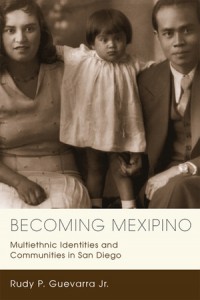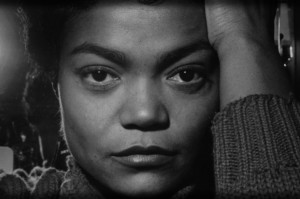The Center on Race and Social Problems at the University of Pittsburgh has developed a new Race Research Online Directory that provides more than 10 years of research at your fingertips.
“The center has always served as a leading resource for race-related research, but now it offers unprecedented access for students, educators, foundations, and government agencies whose work depends on good scholarship.
- More than 100 videos of lectures from the speaker series, summer institutes, and the Race in America conference.
- Pilot studies and other research projects at the center.
- Hundreds of publications, including the journal Race and Social Problems.
- Educational resources, such as a graduate course listings and award-winning student papers.
- A listing of all center activities.”
The site includes the topic of “Interracial Group Relations.”
This resource is a great place for those who do academic work to gather information and possibly submit their work to expand the discussion on the Mixed experience.
This is also a great resource for those who need some background information and/or research to consider/include/inform the development of their Mixed Roots Stories!




